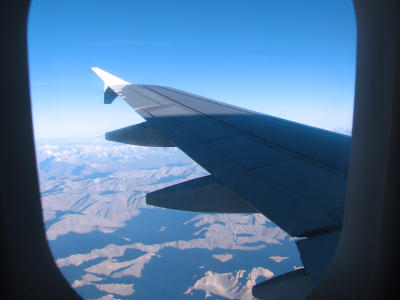How did a man who had been in distress for nine days in the Sahara Desert survive alone?

The Sahara Desert stretches 1,700 kilometers north and south and occupies nearly one-third of the African continent.
What If You Were Stranded In the Sahara Alone? --YouTube
Humans usually die if they don't drink water for three days. However, it is very difficult to get water in the Sahara Desert, as there are few clouds and no rain.

The temperature in the Sahara Desert can reach 40 degrees Celsius and sometimes 48 degrees Celsius in the summer, and symptoms such as sunstroke and severe sunburn can occur if you are not careful of the shining sunlight.

In addition, hundreds of millions of rolled up sand storms can cause sandstorms that can hurt your eyes and throat.

The Sahara Desert boasts a vast area of more than 10 million square kilometers, so that the continental United States fits comfortably. With a population of about 25 million, it is one of the least densely populated areas. This means that if one person is distressed in the Sahara Desert, the chances of meeting another person are the lowest in the world.

Despite this harsh environment, there is one man who survived a nine-day distress in the Sahara Desert.


In 1994, a man named Mauro Prosperi from Italy participated in the marathon. Prosperi is a skilled runner who has won a gold medal at the Olympics and participated in this marathon with the intention of trying new things.

Prosperi started the race after careful preparation. However, on the 4th day, which is said to be the toughest during the race, the temperature reached 46 degrees Celsius, causing a sandstorm that robbed Prosperi of his sight.

Prosperi felt that if he stopped, he would fall behind others and continued to run in the sandstorm. As a result of continuing through the sandstorm that lasted for eight hours, Prosperi noticed that he was completely off course.

After sleeping overnight, Prosperi continued to run for four hours hoping to meet other runners, but couldn't meet anyone. Prosperi, who climbed to the top of the dunes to look around, was frustrated that he couldn't even find a mark for the course, let alone the end of the horizon.

With little water left because he hadn't visited the water supply point 24 hours a day, Prosperi decided to quench his thirst by drinking his urine, stop running and stay there to wait for help.

A few hours later, Prosperi noticed that the rescue helicopter was turning around, but he fired the supplied flare gun toward the sky, but it was not noticed because the light was too small, and the rescue helicopter was not noticed. Has flown away.

The next day, Prosperi walked in search of water and fortunately found an abandoned indigenous temple. Prosperi said he was able to quench his hunger and thirst by drinking the food he had packed in his backpack, the morning dew on the stones, the boiled urine, and the blood of the bats he was lucky enough to find.

However, Prosperi, who thought that spending time in the temple would not be saved, decided that he should live for his wife waiting in Italy. After spending two days at the temple, we set off at a cool time at dawn, then 'move in the morning, evening, and night', 'enter the shade of cliffs and caves during hot days', and 'sandy on cold nights'. I repeated 'sleeping inside' and continued to go straight toward the mountain in front of me.
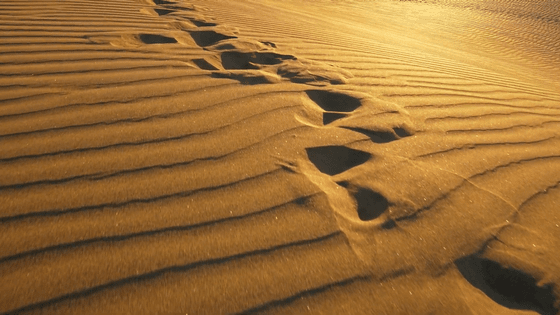
After a few days of progress, Prosperi miraculously discovers an oasis. Prosperi ran up to the oasis, but he said he couldn't drink water well probably because his throat was dry for a long time. So Prosperi lay down near the water, acclimatized her body to the moisture, and sipped the water little by little. On the 8th day after Prosperi was in distress, he was finally able to sleep soundly.

And the next day, Prosperi started walking toward the mountain again. After walking for a few hours, he saw the footprints of a goat in front of Mr. Prosperi. When I walked along these footprints, I found human footprints, and when I went further, I saw a girl with a few goats.
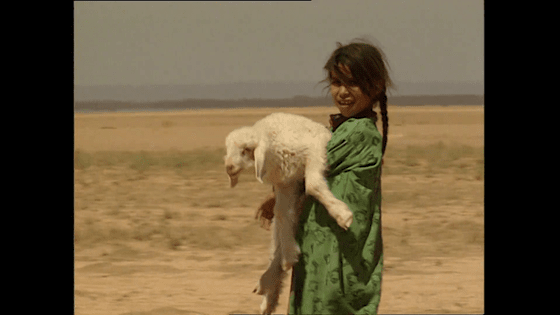
Prosperi, who resumed with humans for the first time in a few days, immediately rushed to the girl, but the girl escaped from fear. However, Prosperi was able to chase the girl and reach the tent where the nomads lived.
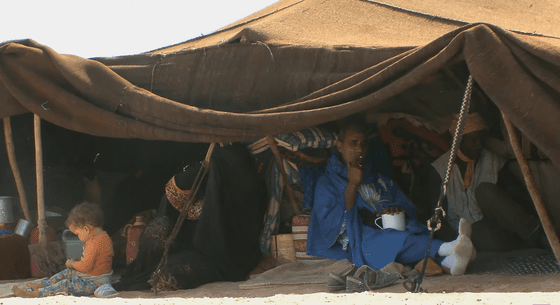
Prosperi, who was able to meet the military guards who were patrolling after a while, was immediately taken to the hospital. There, Prosperi knows where he was running, but Prosperi has advanced to a point 180 miles (about 289 kilometers) away from the course.
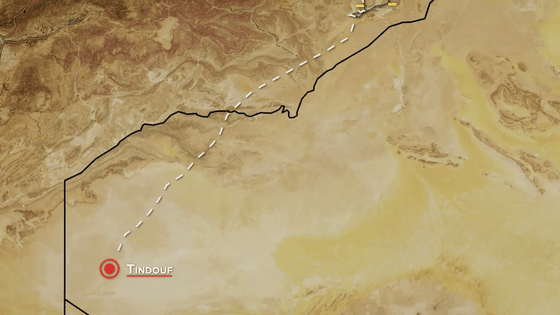
Prosperi lost 33 pounds and needed a 16-liter blood transfusion for treatment. Although Prosperi was able to return to Italy and meet his wife and family again, the liver and other organs remained damaged, and it took nearly two years to heal completely.
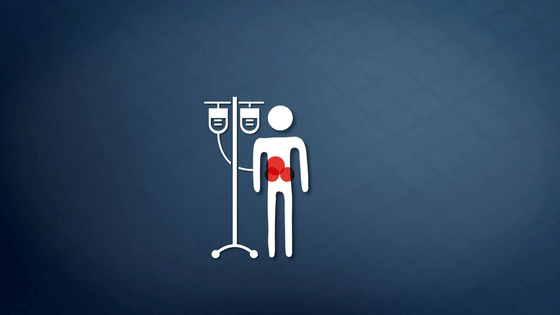
Unbelievably, Prosperi has re-challenged the Marathon de Saber several times since then, scoring 13th place in 2001.
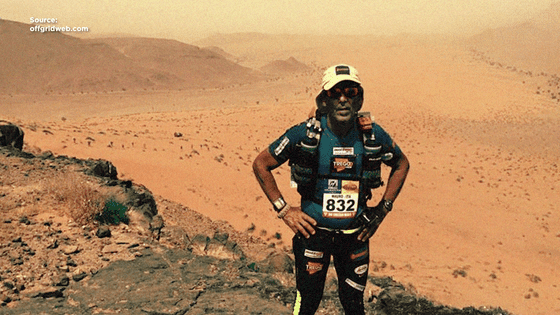
Related Posts:
in Video, Posted by log1p_kr


